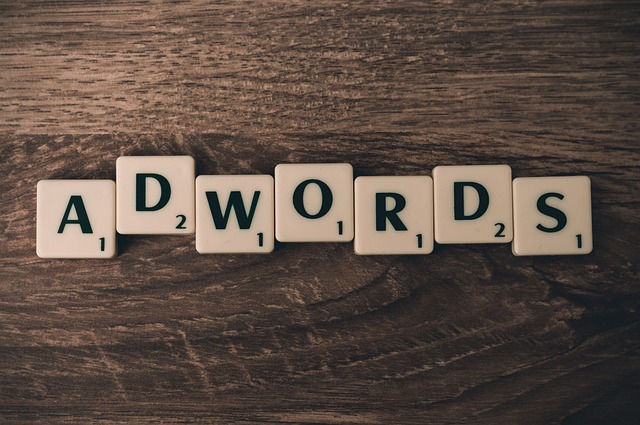Understanding the Importance of a Press Release
Press releases serve as a vital tool in the world of business PR. They help communicate important updates about a company or organization, ranging from product launches to event announcements. A well-crafted press release can attract media attention and generate buzz, thereby enhancing visibility and credibility for your brand. For entrepreneurs, mastering the art of writing an effective press release is essential. This document is not just a formality but a strategic tool that can significantly influence public perception and market presence.
The first step in writing a compelling press release is to understand its objectives. Different businesses use press releases to achieve various goals. For instance, if you’ve just launched a new product, your main goal might be to inform the public about its features and benefits. Or perhaps your business has recently experienced growth, and you want to share your success story. Whatever your motivation, clarity in intent helps shape the content of your release. This clarity will resonate with journalists and readers alike, bringing your message front and center in their minds.
Furthermore, timing plays an essential role in the effectiveness of a press release. Consider aligning your press release with relevant industry trends or news cycles. This tactic makes your announcement more timely and increases its chances of media pickup. Entrepreneurs should keep a keen eye on industry news. This practice will help them identify the right moments to disseminate their information, ensuring maximum impact.
Structuring Your Press Release Correctly
Now that you’ve grasped the importance of a press release, let’s delve into how to structure one effectively. Follow a consistent format when crafting your release to ensure clarity and professionalism. Typically, a press release consists of a headline, subheading, dateline, introduction, body, boilerplate, and contact information. Each of these components serves a unique function and contributes to the overall effectiveness of the release.
The headline is your first chance to grab attention. It should be catchy while also being informative. Use active language and keep it concise. Alongside the headline, the subheading can provide additional context or details that highlight the importance of your news. With this initial information, readers should feel compelled to read further. It’s crucial to craft these elements carefully. They set the tone for the rest of your announcement.
Next comes the dateline, which includes the release date and location. This information adds credibility to your press release. Remember, journalists often look at this to determine the timeliness of the information they are discussing. After the dateline, the first paragraph—the introduction—should summarize the key points of your announcement. Journalists tend to answer the “who, what, when, where, and why” in this section. Writing succinctly yet effectively here is crucial, as this is where you hook the reader’s interest.
Diving Deeper into Your Content
As you move into the body of the press release, you have the opportunity to expand on the details mentioned in the introduction. Here, you can provide richer context about your business and how the announcement fits into your larger vision. Use quotes from company executives or stakeholders. Such quotes add a human element and can contribute to the storytelling aspect of your press release.
To make your press release even more engaging, consider including statistics or case studies that support your announcement. Numbers can bolster your claims and lend authenticity to your message. Journalists appreciate factual data that enhances a story, so this can be a powerful addition. Remember to stay focused and relevant; excessive fluff won’t serve your purpose. Every sentence should contribute to the overall narrative you want to tell.
Your body should transition smoothly, moving logically from one point to the next. Effective use of transition words and phrases—like “in addition,” “furthermore,” and “moreover”—can help guide readers through your thoughts. This transition ensures readers remain engaged rather than feeling lost in a sea of information. Make sure to emphasize key points with well-placed paragraphs or bullet points that capture essential details succinctly. This visual appeal aids in making your press release not just informative, but also reader-friendly.
Concluding with Impact
The boilerplate section serves as your company’s background information, wrapping up your press release. Here, you can outline the history of your business, your mission, and any significant achievements. This section reassures readers and journalists about your credibility. Remember, a well-articulated boilerplate supports your primary message and reinforces your brand identity.
Finally, include contact information. Make it as easy as possible for journalists to reach out for further details or interviews. You might want to provide a direct contact name, email address, and phone number to facilitate this communication. A press release is not merely an announcement; it’s a doorway to further engagement between your business and the media.
Leveraging Distribution Channels
Writing a press release is a fundamental step, but understanding distribution channels is equally crucial. Simply put, how you disseminate your press release can greatly influence its reach. You have several options to ensure your announcement reaches the right audience. Traditional media outlets still play a major role, particularly for significant announcements. Building relationships with journalists and editors can provide invaluable leverage when it comes time to share your news.
In addition to traditional avenues, many businesses now incorporate digital platforms for distribution. Online press release distribution services can help in amplifying your reach significantly. These platforms often have networks of journalists and media outlets, ensuring that your news gets into the right hands. Additionally, consider utilizing social media to broadcast your press release. Share it through your official channels, encouraging engagement with your audience.
Remember to use relevant hashtags where appropriate. This practice can help enhance your visibility in social media streams, drawing attention to your announcement from interested parties. The goal is to create a multifaceted approach where traditional media, online publications, and social platforms work synergistically to maximize your press release’s impact.
Measuring Success and Data Analysis
Understanding how to measure the success of your press release is crucial. After distribution, take the time to analyze the results. Were there any media pickups? How many views did the press release receive? Did you note an increase in website traffic or social media engagement following the release? Tracking these metrics provides insights that can inform your future PR strategies.
Leverage tools like Google Analytics to monitor web traffic resulting from your press release. By setting specific goals and tracking data, your business can learn what messaging works and what needs improvement. Moreover, analyze social media engagement carefully. The reactions on platforms can give you immediate feedback regarding how your audience perceives your news.
To improve future releases, it’s useful to compare results from various announcements. Identify patterns in what types of news generate the most interest. This knowledge helps foster a more effective PR approach for your business. Always strive to learn and adapt; the landscape of business PR is evolving constantly.
FAQ
1. What is a press release?
A press release is a written statement that announces significant news or developments related to a business or organization. It informs media outlets about product launches, events, or other newsworthy updates.
2. Why are press releases important for businesses?
Press releases are crucial because they help build brand awareness, attract media attention, and increase visibility. They serve as an effective tool for communicating key messages to the public and journalists.
3. How should I format a press release?
A well-structured press release typically includes a headline, subheading, dateline, introduction, body, boilerplate, and contact information. Maintaining a clear format enhances readability and professionalism.
4. What should I include in the boilerplate section?
The boilerplate section should contain a brief overview of your company, including its history, mission, and key accomplishments. This provides essential context for readers and journalists.
5. How can I ensure my press release gets noticed?
To ensure your press release gets noticed, focus on crafting a compelling headline, distributing through the right channels, leveraging social media, and building relationships with journalists. Timing and relevance also matter significantly.



